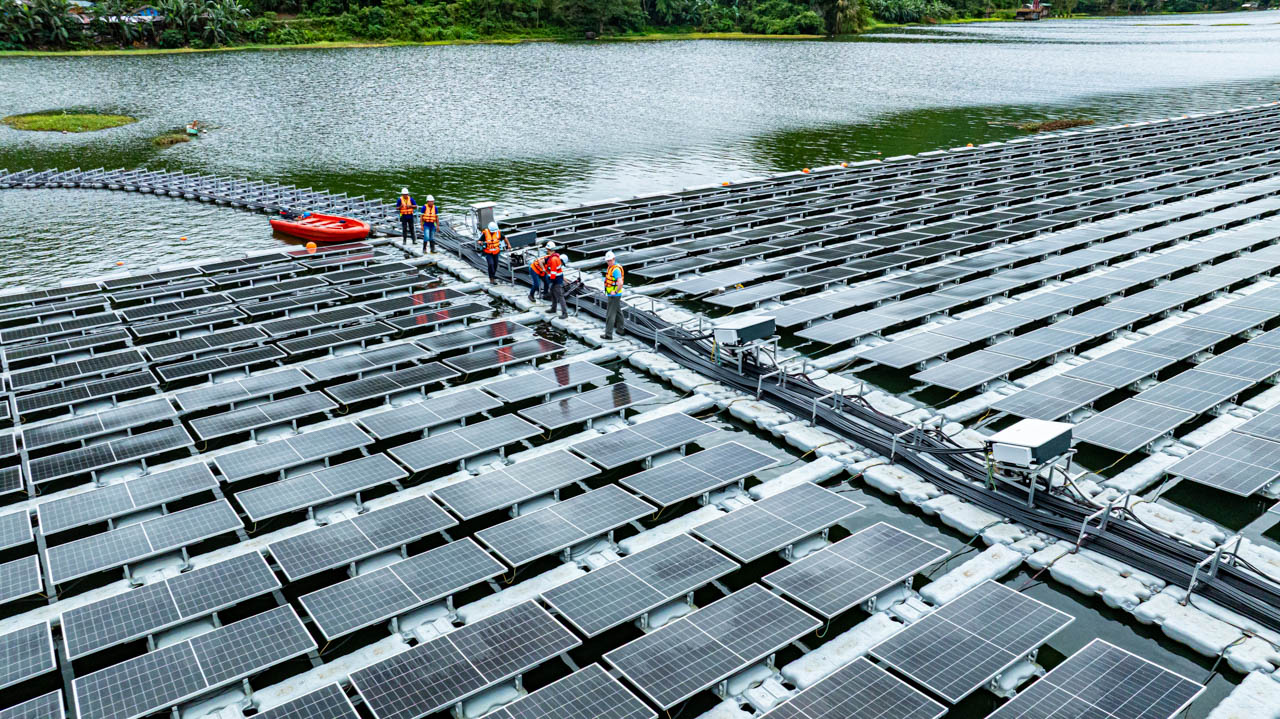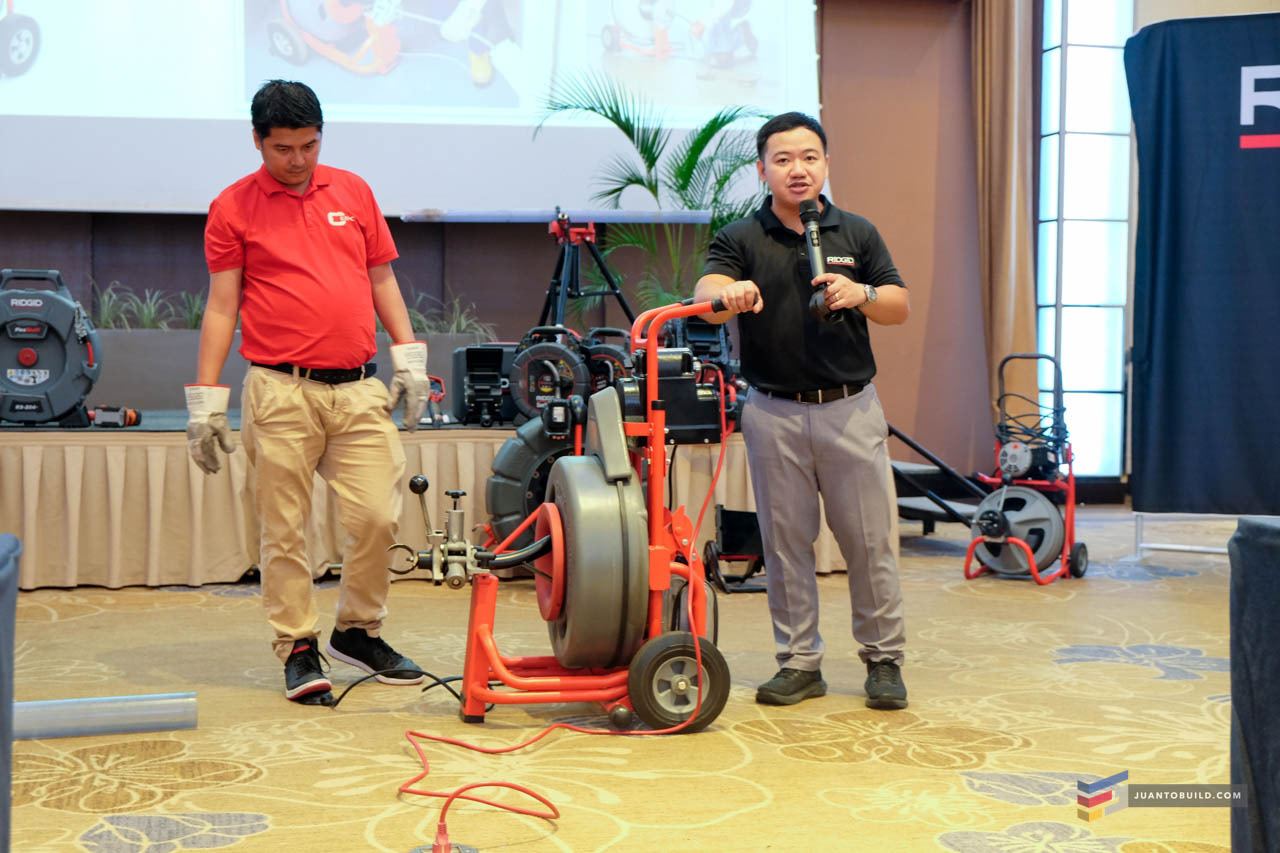The Philippines just took a major step toward a greener energy future. In a groundbreaking move, Black & Veatch, a global leader in energy and infrastructure, successfully connected the country’s first megawatt-scale floating solar power plant to the grid at the Malubog Reservoir in Cebu City.
This innovative project, which supplies clean energy to the Carmen Copper mining site, is a powerful example of how the country is accelerating its transition to renewable energy.
A Powerful Model for Sustainable Mining
Floating solar—also known as floatovoltaics—offers a compelling solution for land-constrained regions. By utilizing water surfaces, it improves panel efficiency through natural cooling and reduces water evaporation. This project sets a benchmark for replicable, scalable renewable energy solutions in mining and other industrial sectors.
The new floating solar plant has a total capacity of 4.99 megawatts, with all the electricity generated going directly to power the mine’s operations. This provides about 10% of the mine’s energy needs with clean, stable power, helping the Philippines get closer to its national goal of achieving a 35% renewable energy share by 2030.

Beyond providing clean energy, this project is a model for how the mining sector can contribute to the country’s green transition. By using the surface of the reservoir, the plant saves valuable land resources that can be used for other purposes.
Atty. Axel G. Tumulak, Head of Legal, Compliance, and Corporate Governance at Carmen Copper, emphasized this point: “This initiative reflects Carmen Copper’s commitment to responsible mining and environmental stewardship, while aligning with the Department of Energy’s target to have renewable energy account for at least half of the country’s total power capacity by 2040.”
Engineering Excellence Built for Philippine Weather
One of the biggest questions for a project like this in the Philippines is its ability to withstand extreme weather. The engineers behind the project took this into account with a robust design built to last.
The floating solar system was engineered with a special anti-wind and wave design that can handle winds up to 75 meters per second—that’s stronger than most super typhoons. The system’s mooring, or anchoring, is elastic, allowing it to absorb and dissipate wave energy, ensuring it stays stable for the long term.
The plant also has superior anti-corrosion protection, which is crucial in a humid, tropical environment. The materials used have passed rigorous testing to ensure they can resist corrosion and the harsh conditions of the reservoir.

Jerin Raj, Asia Pacific managing director for Black & Veatch, praised the team’s efforts: “This project exemplifies how engineering excellence and environmental stewardship can converge to deliver transformative infrastructure…We are incredibly proud of our team that delivered this first-of-a-kind facility in the Philippines.”
The successful completion of this project, from design and installation to its full operation, shows that with the right technology and engineering, the Philippines can lead the way in adopting innovative clean energy solutions. It’s a huge win for the country’s energy future.




